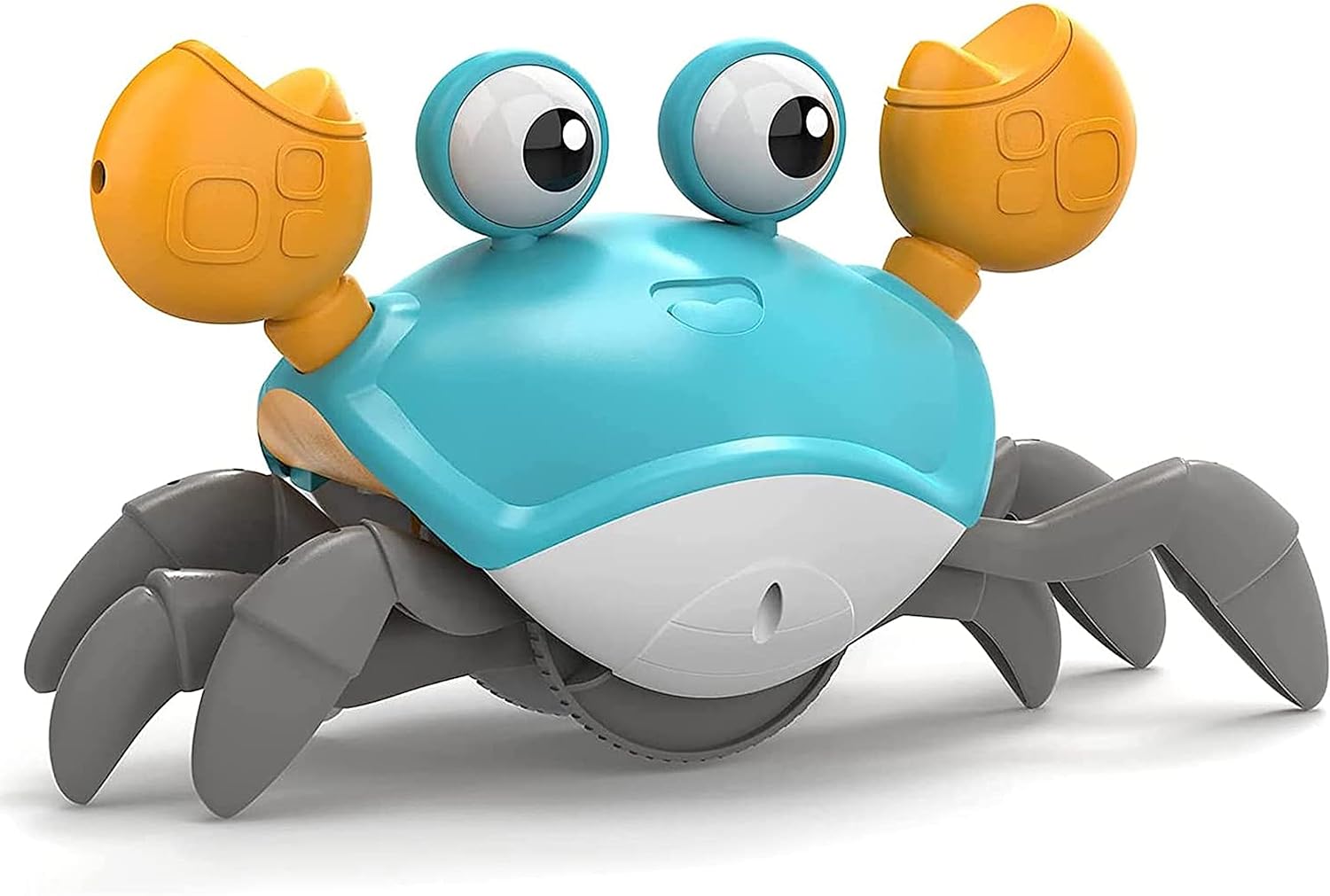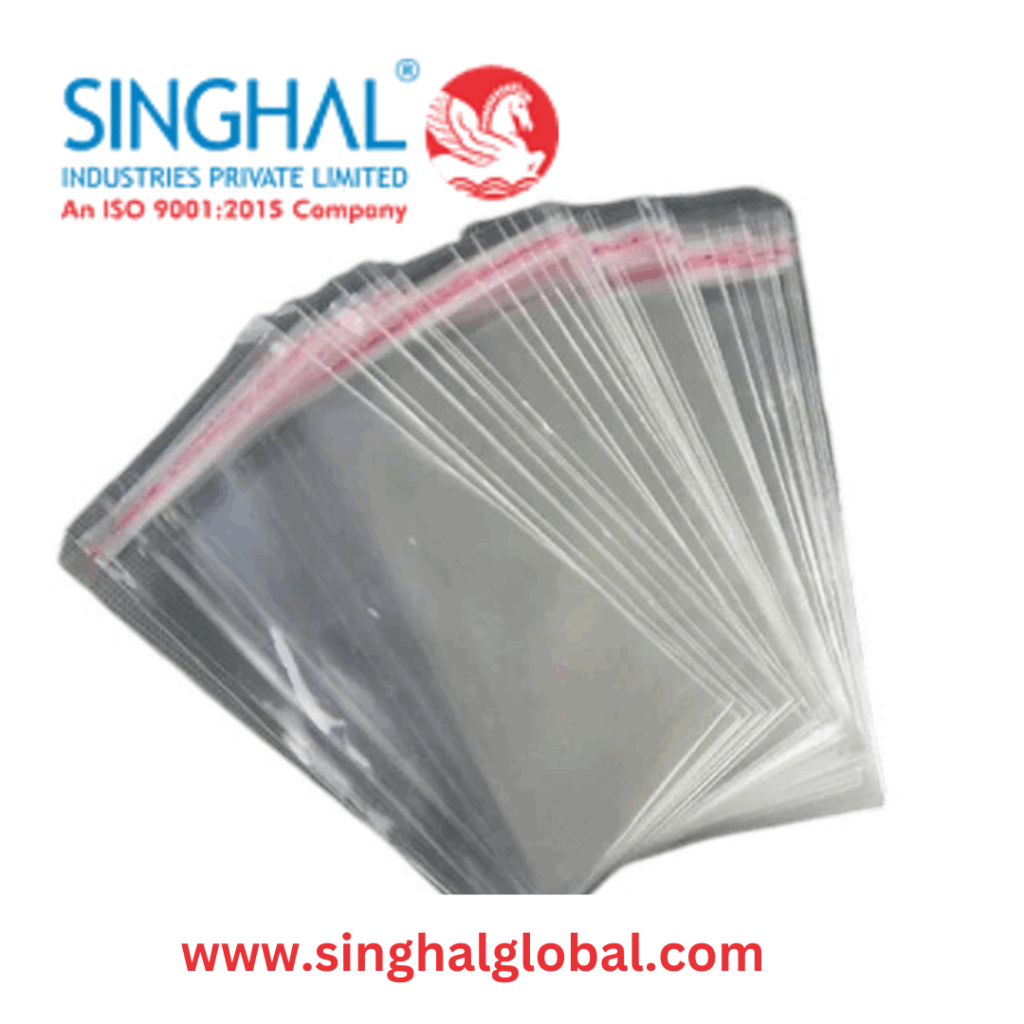Not all toddler toys are created equal. To ensure you’re choosing a quality toy, look for five key features: safety, age-appropriateness, educational value, durability, and engagement. These factors ensure your toddler is not only entertained but also learning and developing safely during play.
Choosing the right toy for your little one might sound simple—until you walk into a toy store or browse online and face thousands of colorful, noise-making, flashing options. As fun as toddler toy shopping should be, the overwhelm is real. But here’s the good news: with a little guidance and a trusted checklist, picking the perfect toy becomes a breeze.
This guide breaks down exactly what to look for in a quality toddler toy, complete with expert-backed advice, real-world examples, and an easy-to-follow checklist you can use today. Whether you’re a parent, grandparent, or gift-giver, this article will help you shop smarter and more confidently.
Why Toddler Toys Matter More Than You Think
Toddlers—generally aged 1 to 3 years—are at a crucial stage of development. Their brains are growing rapidly, and every experience, including play, shapes their cognitive, emotional, and physical growth.
In fact, according to the American Academy of Pediatrics, play is not just a way to keep kids busy—it’s vital to early brain development and learning. The right toy can support language acquisition, motor skills, problem-solving, and even emotional regulation.
This makes choosing quality toddler toys more than a matter of preference—it’s a developmental decision.
- Safety First—Always
Let’s start with the non-negotiable: safety. A beautiful or educational toy means nothing if it poses a risk.
What to check:
- No small parts that could be choking hazards, especially for kids under 3.
- Non-toxic materials, especially for teething toddlers who explore with their mouths.
- Sturdy construction to avoid breaking into sharp or dangerous pieces.
- Certifications, such as EN71 (Europe) or ASTM F963 (USA), which indicate the toy meets safety standards.
Real-life insight: A 2022 global recall list showed that over 60% of recalled toys were pulled due to choking hazards. Always check age recommendations and material labels.
- Age Appropriateness: Not Just About Safety
Sure, age labels help keep toddlers safe, but they also ensure the toy actually matches their developmental stage.
Here’s why it matters:
- Too advanced? The toy frustrates or bores the child.
- Too basic? The child loses interest quickly, and the toy fails to engage.
At 12 months, a baby might love toys that react with light or sound to touch. At 24 months, that same child may crave puzzles, stacking toys, or simple pretend-play tools.
Choosing age-appropriate Toddler Toys ensures your child stays curious and motivated to play—and learn.
- Educational Value: Play with a Purpose
Toddlers learn best through play, so why not choose toys that support that natural learning?
Look for toys that encourage:
- Problem-solving (e.g., shape sorters, puzzles)
- Language development (e.g., books with simple stories, talking toys)
- Fine motor skills (e.g., stacking rings, pegboards)
- Cause and effect understanding (e.g., pop-up toys, push-and-pull gadgets)
Toys don’t need to be high-tech to be effective. Many classic, simple toys outperform electronic gadgets when it comes to engagement and imagination.
Expert tip: According to child psychologist Dr. Laura Markham, open-ended toys that allow the child to direct the play (like blocks or dolls) help develop creativity and critical thinking more than single-purpose toys.
Consider adding educational toys for kids to your collection—ones that stimulate both fun and learning.
- Durability: Because Toddlers Play Rough
Toddlers are enthusiastic players. They bang, throw, chew, and drag their toys everywhere. That’s why quality matters.
Signs of a durable toy include:
- Strong, impact-resistant materials like thick plastic or wood.
- No loose parts or components that could easily fall off.
- Easy-to-clean surfaces, because mess is inevitable.
Remember, a toy that breaks in a week doesn’t just waste money—it could be unsafe.
Case in point: In a toy durability study by Consumer Reports, wooden stacking toys lasted 10 times longer than plastic ones in toddler playtests.
If you’re investing in something like a play kitchen or toolbox, aim for solid builds like the ones found in Pretend Play Toys—built to survive hours of role-playing.
- Engagement Factor: Will They Actually Play with It?
All the safety and educational value in the world won’t matter if your toddler ignores the toy.
Good toddler toys should:
- Capture attention through colors, textures, or movement
- Support independent play and co-play
- Have some element of surprise, curiosity, or repetition (think peekaboo games, nesting toys, musical buttons)
The toy should grow with your child, offering new challenges and uses as they develop. For example, a toy that starts as a stacking set might later become a pretend cake or a spaceship.
You’ll find these versatile play patterns in Creative play toys that fuel imagination and interaction.
✅ Your Toddler Toy Quality Checklist
Before adding a toy to your cart, run it through this quick checklist:
- Is it safe? (Non-toxic, no choking hazards, sturdy)
- Is it age-appropriate? (Labeled for the right stage and development)
- Does it offer educational value? (Supports learning or skill-building)
- Is it durable? (Built to handle drops, throws, and chewing)
- Is it engaging? (Captures attention, encourages repeated use)
If you can check off all five, you’re looking at a solid toy purchase.
Real-World Example: Comparing Two Toddler Toys
Let’s say you’re choosing between:
- A brightly colored electronic tablet toy that plays songs and teaches letters.
- A simple wooden puzzle set with animal shapes and knobs for gripping.
On the surface, the tablet may seem more advanced and educational. But when applying our checklist:
- The puzzle has fewer parts that could break, no batteries, and encourages hands-on interaction.
- It supports fine motor development, cognitive matching, and verbal identification of animals—without overstimulating.
- It’s safer for chewing and doesn’t depend on screens.
Bottom line: More features don’t always equal more value. Focus on quality, not quantity.
Common Mistakes to Avoid When Buying Toddler Toys
Even the most well-meaning parents and relatives can fall into these traps:
- Buying for novelty instead of longevity (flashing toys get old fast)
- Choosing what you loved as a child, instead of what suits today’s developmental needs
- Ignoring simplicity—a cardboard box sometimes provides more joy than a battery-powered robot!
Aim to balance your child’s current interests with the long-term developmental value of the toy.
FAQs: What Parents Ask Most
Q: How many toys should a toddler have?
A: Fewer is often better. Rotating 5–10 quality toys keeps things fresh and reduces overwhelm. This also encourages deeper, more meaningful play.
Q: Are expensive toys better quality?
A: Not always. While price can reflect better materials, many affordable Baby Toys are high-quality and developmentally appropriate. Always read reviews and check for certifications.
Q: Should I buy toys that speak or play music?
A: Interactive toys can be engaging, but balance is key. Over-reliance on talking toys may limit imaginative play. Mix them with open-ended toys for a richer experience.
Q: What’s the best toy for a 2-year-old’s development?
A: Toys that support pretend play, motor skills, and basic problem-solving—like nesting cups, toy kitchens, and shape sorters—are ideal.
Final Thoughts: Buy with Purpose, Not Just for Play
When it comes to buying toddler toys, quality isn’t just about how long the toy lasts—it’s about how much it gives back during its time in your home.
By focusing on safety, developmental fit, educational value, durability, and engagement, you’ll find toys that do more than entertain. They teach, inspire, and support your child’s journey—one play session at a time.
Use the checklist. Trust your instincts. And remember: the best toddler toy is the one that brings a smile today and growth tomorrow.
Source : https://toysouk53.blogspot.com/2025/07/what-to-look-for-in-quality-toddler-toy.html









